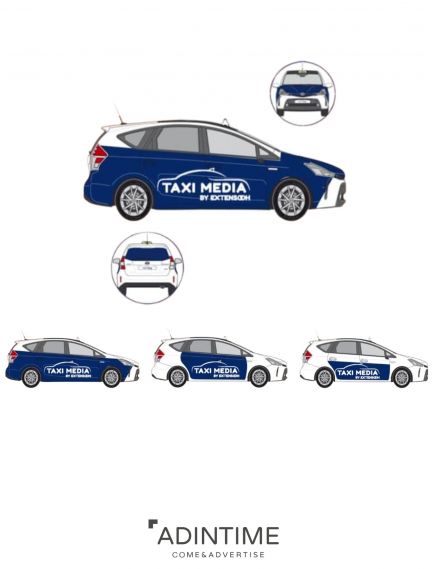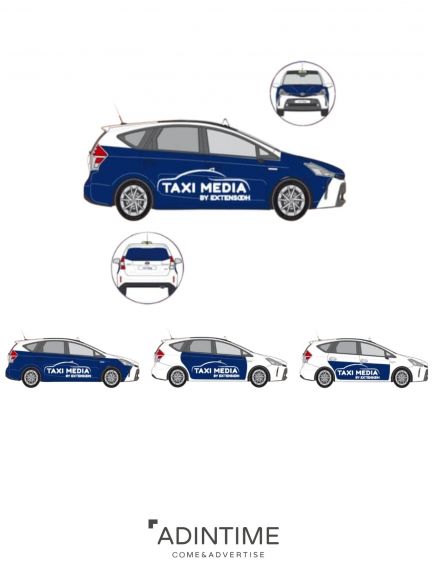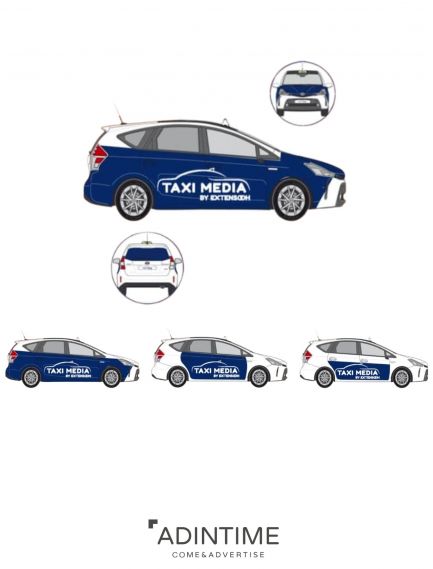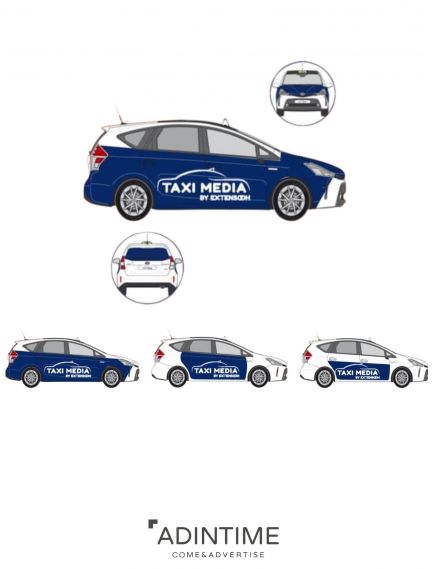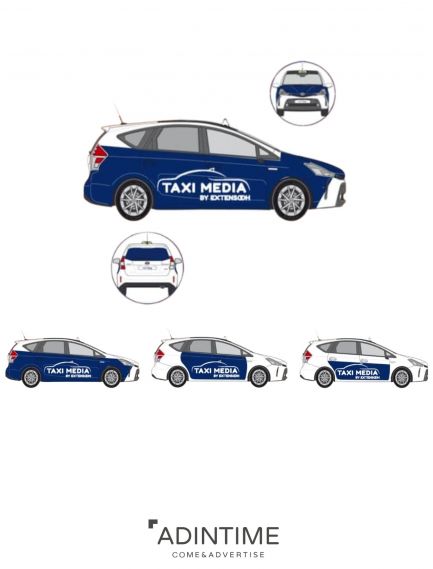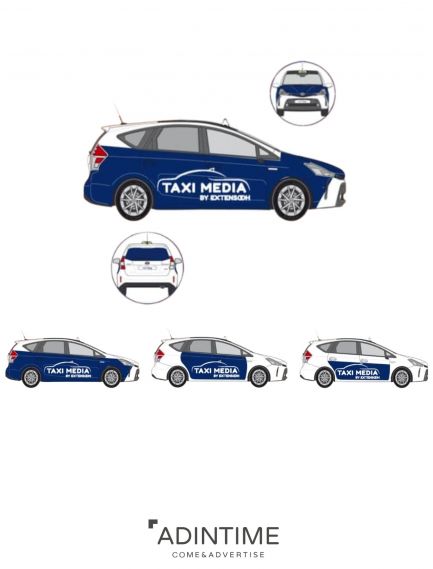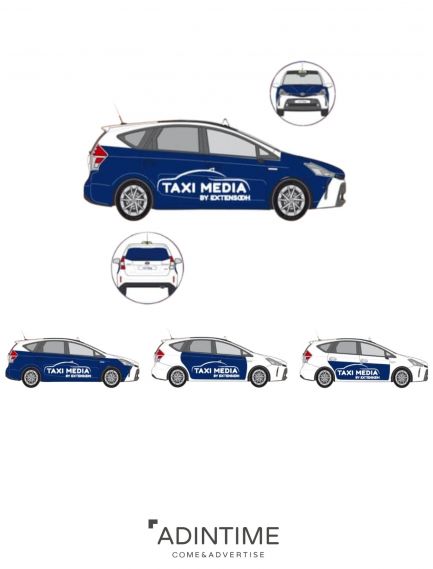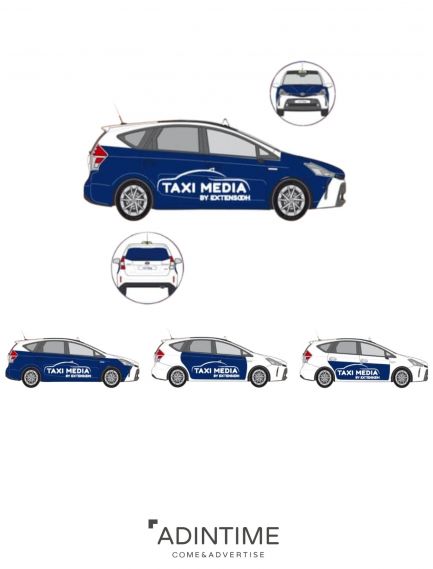Aucun dispositif sélectionné
Choisissez un dispositif sur la carte pour voir ses détails et l'ajouter à votre sélection.
Légende :
Long-term
Temporary
Selected
Car advertising
OOH advertising
Car advertising
From
10500 € - 50 taxis / 2 weeks campaign
excl. tax
Answer within 48h
Car advertising
From
8 500 € - 20 taxis / 2 weeks campaign
excl. tax
Answer within 48h
Car advertising
From
8 500 € - 20 taxis / 2 weeks campaign
excl. tax
Answer within 48h
Car advertising
From
8 500 € - 20 taxis / 2 weeks campaign
excl. tax
Answer within 48h
Car advertising
From
8 500 € - 20 taxis / 2 weeks campaign
excl. tax
Answer within 48h
Car advertising
From
8 500 € - 20 taxis / 2 weeks campaign
excl. tax
Answer within 48h
Car advertising
From
8 500 € - 20 taxis / 2 weeks campaign
excl. tax
Answer within 48h
Car advertising
From
8 500 € - 20 taxis / 2 weeks campaign
excl. tax
Answer within 48h
Filtre


